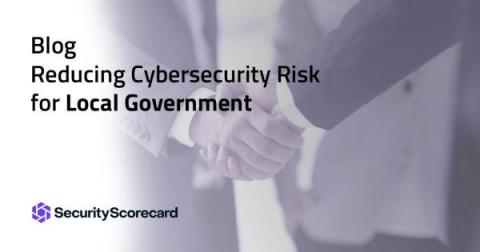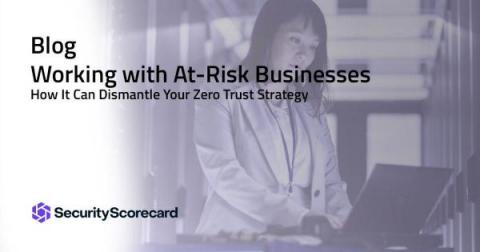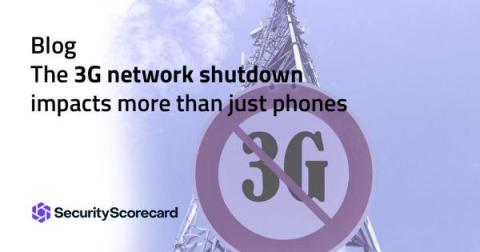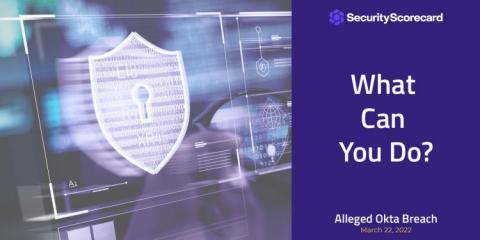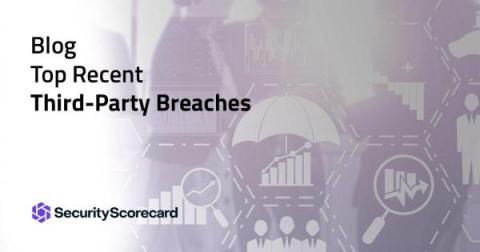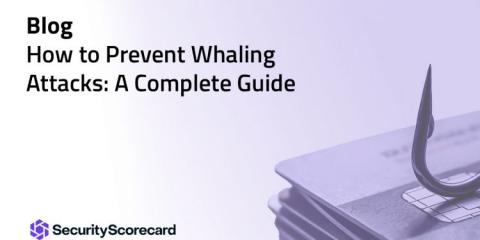Reducing Cybersecurity Risk for Local Government
The amount of data that municipalities deal with on an everyday basis has grown exponentially. In particular, local governments have focused on upping their cybersecurity efforts due to the sensitive information and data stored and shared with state and federal government programs. It is now more important than ever to ensure effective cybersecurity within local governments. In this blog, we will take a look at how your local government can reduce impending risks and secure innate vulnerabilities.


